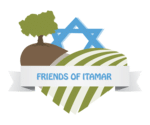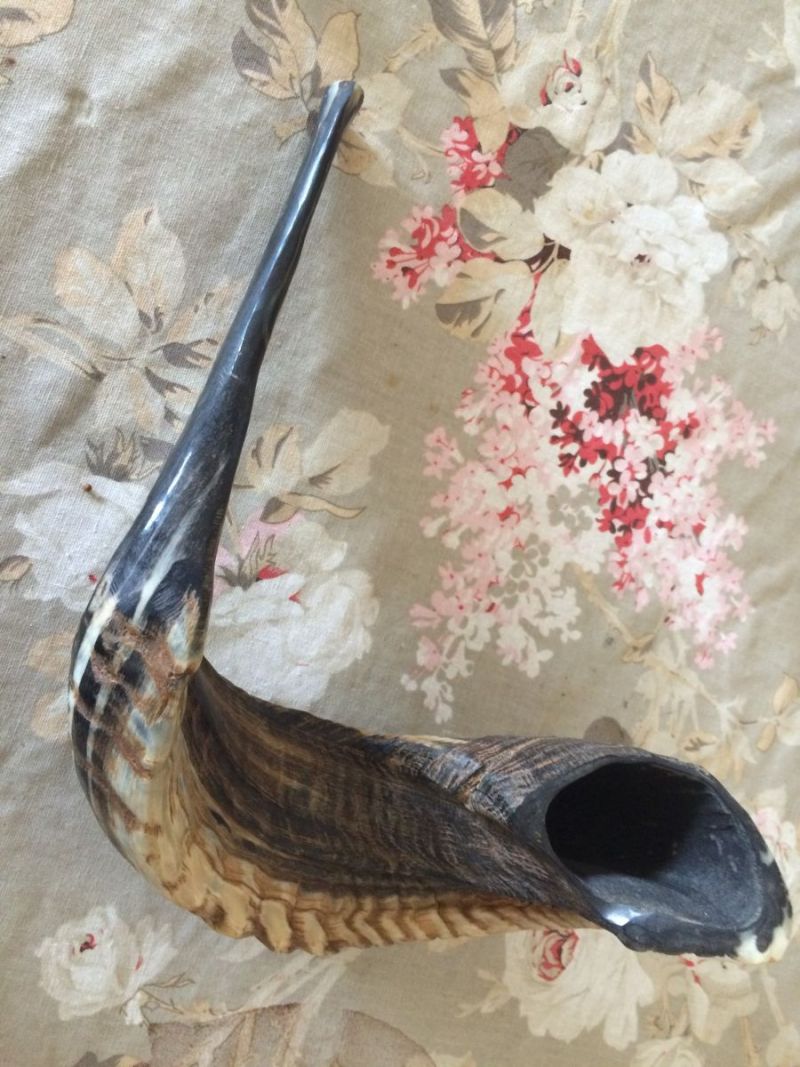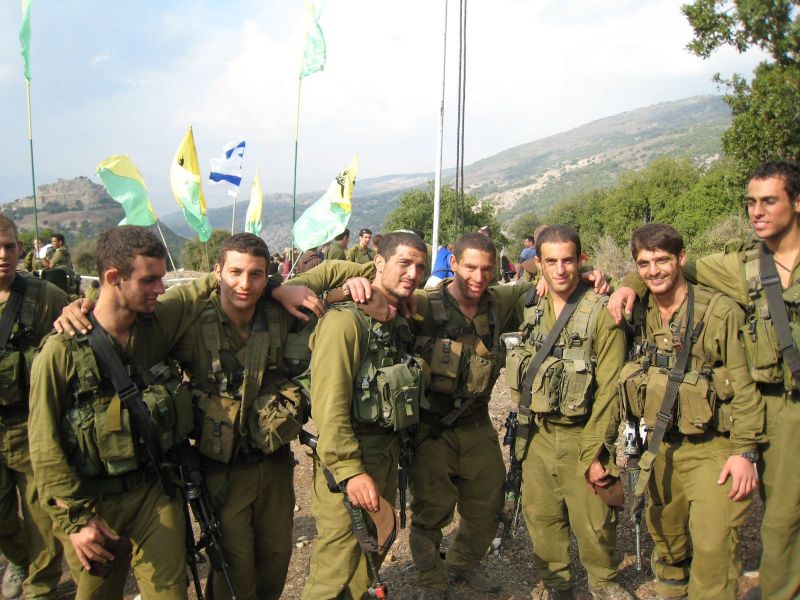ℝ𝕠𝕤𝕙 ℍ𝕒𝕤𝕙𝕒𝕟𝕒𝕙 𝔸𝕡𝕡𝕖𝕒𝕝 – 𝟚𝟘𝟚𝟝
𝕋𝕙𝕖 𝕙𝕚𝕘𝕙 𝕙𝕠𝕝𝕪 𝕕𝕒𝕪𝕤 𝕒𝕣𝕖 𝕦𝕡𝕠𝕟 𝕦𝕤 𝕨𝕚𝕥𝕙 𝕣𝕖𝕟𝕖𝕨𝕒𝕝 𝕒𝕟𝕕 𝕔𝕖𝕝𝕖�
Essay on Parshat Pikuday 2016
This week’s portion opens up with the verse “These are the accounts of the tabernacle, the tabernacle of the testimony, as they were rendered according to the commandme
Leah’s Blog Oct 23 2015
Leah’s Blog October 23 2015 I was picking olives when all the winds in the world tried to knock the trees down. It has been one terror attack after the next,
Parshat Noach – The Ark of Truth and Justice
If I wasn’t living in Israel and witnessing the nightmarish situation here in the land, I would not believe the present events as being real. Everyone is in a total state of
Parashat Haazeenu – Connecting the Heavens and Earth
Philosophers and scientists have been toiling with the question of the origin of the universe since the beginning of human history. Aristotle believed that the universe is as etern
Leah’s Blog Yom Kippur Message 2015
Leah’s Blog September 21, 2015 A story that Reb Shlomo Carlebach once told gave me more mussar than any shiur I had ever been to. I want to share it with you now before Y
How should a non-Jew relate to Yom Kippur
This week I was asked by one of my students the following question: Should a non-Jew that has taken upon himself the laws of Noah fast on Yom Kippur? Fasting and observing the Day
Parshat Nitzavim – Rosh Hashana Message for 5776
As the hour draws closer to our New Year which will mark the end of the sabbatical year, there is a feeling in the air that something big is about to happen. The reason for this im
Parashat Ki Tisah – The Return of Lost Souls
This week’s Torah portion Parashat Ki Tezeh opens up with a topic that is difficult to grasp – the laws of “Eyshet Yifat Toar” (literally a women of a beautiful
Why do we eat Potato Latkas on Chanuka?
On Itamar there once lived a very special person known as Mark in Russia – but we called him by his birth name Meir’ka (Hebrew meaning to shine). Meir’ka inspired





